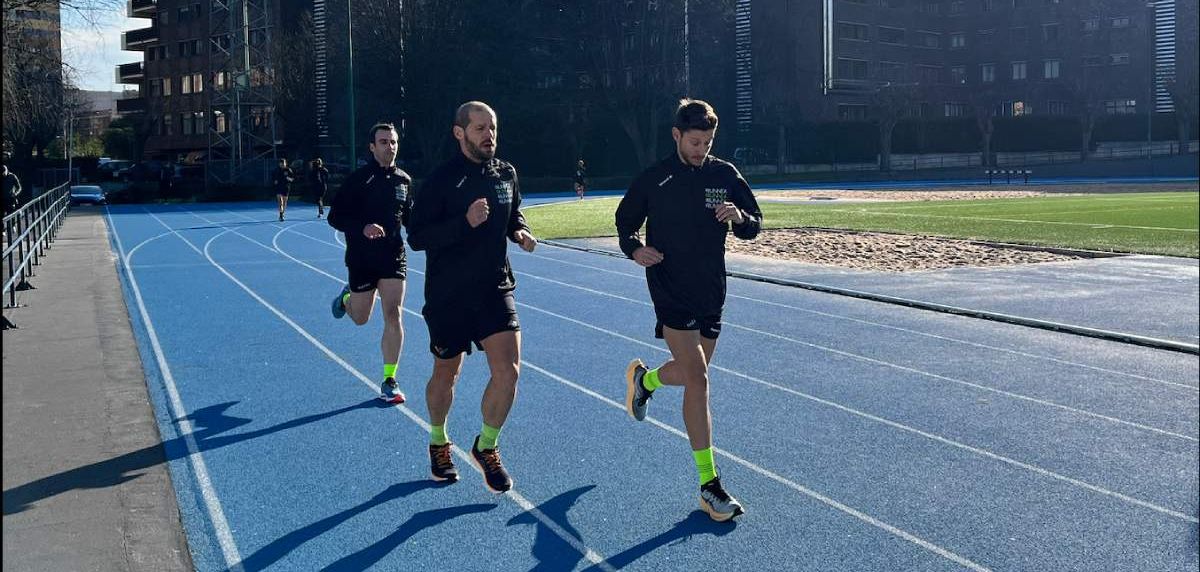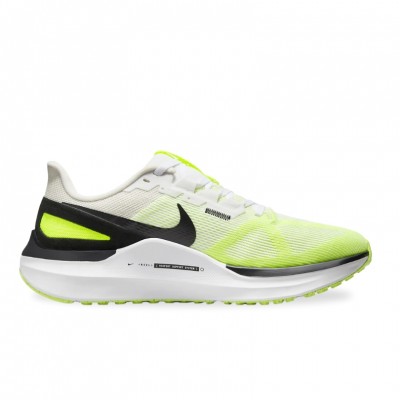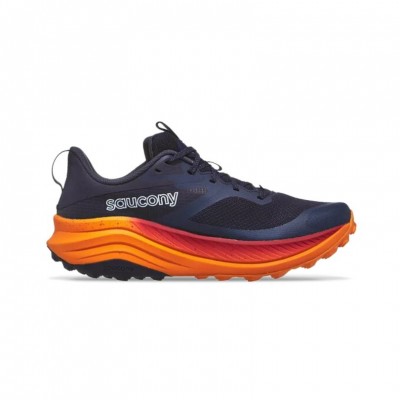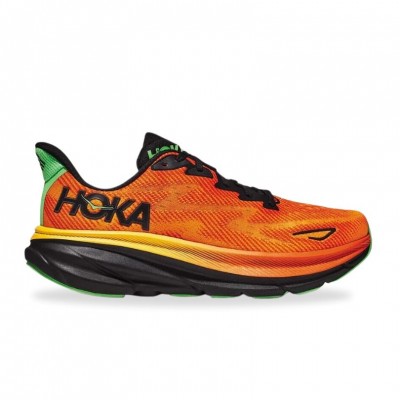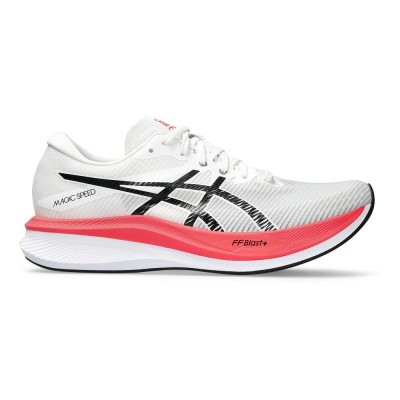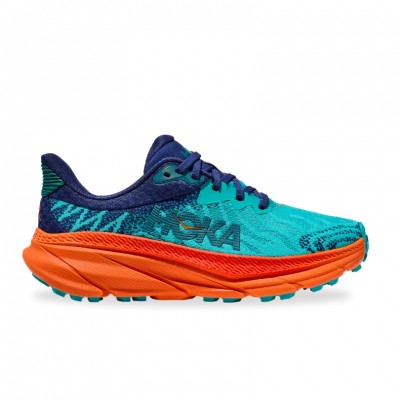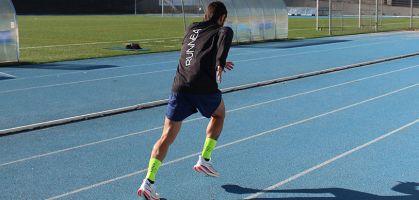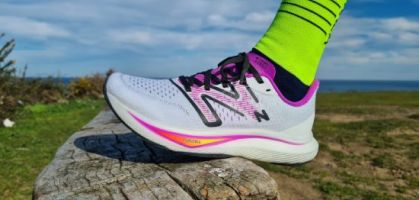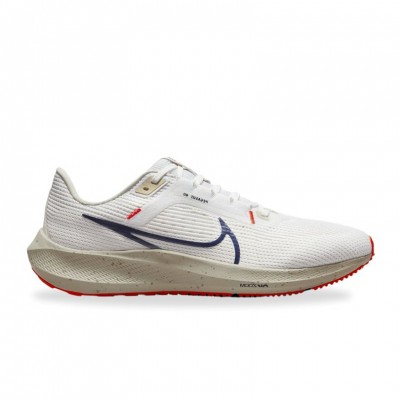You may be interested in:
One of the most beautiful aspects of running is that if we start from 0 or from a starting point similar to a low fitness level, the progress becomes very palpable soon after starting our training plan. Improved rhythms, greater respiratory fluidity and reduced muscular discomfort are some of the first phenomena that we perceive, all of them in a positive way.
In this sense, the very fact of wearing our running shoes and maintaining a routine of sessions will be sufficient to continue progressing. At higher levels (better physical condition), we will have to use the variety in the type of sessions and intensities so that the improvements do not stagnate or slow down. Therefore, low intensity runs, fartlek, series or long run should be an obligatory part of our plan.
Although running training itself is the primary way of improving fitness and maximizing performance, there are other factors that play a role in the training process. The statement "it's not all about running" is absolutely true, because if we base our training solely and exclusively on running sessions, what we will do is "limit" the improvements, as well as increase the likelihood of injury or overtraining.
For this reason, we are going to give you 6 keys that you may not have known about and that will help you run more and better. Take note!
The 6 essential tips to run better
This time it's time to leave aside the asphalt or the running track and entrust your improvement to these 6 elements that will surely help you run better and for more years.
And now you know, if you are looking for a running training that suits you, try the RUNNEA APP method.
Include weights in strength training
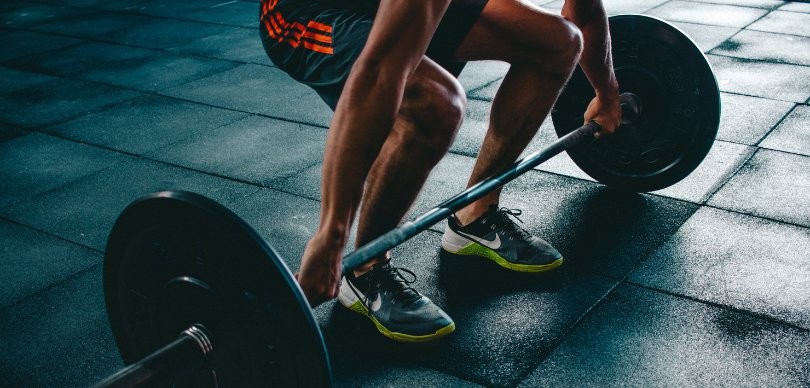
This is not the first time or the last time we will talk about the benefits of strength training when it comes to running, both for improving performance and preventing the onset of muscle discomfort or injury. But if we really want to go further, the inclusion of weights within the strength routines will be an aspect that will help us to improve our strength levels and muscle coordination to a greater extent.
When we talk about weights we are not only referring to the dumbbells or kettlebells that we use at home, but rather to the training with medium and high weights that we can perform using the resources that a gym generally provides us with. Do not be afraid to put weights on all kinds of machines, take large dumbbells or lift heavy bars, but always with knowledge of the technique and with a control of the intensity and volume of the sessions!
Start working on plyometrics
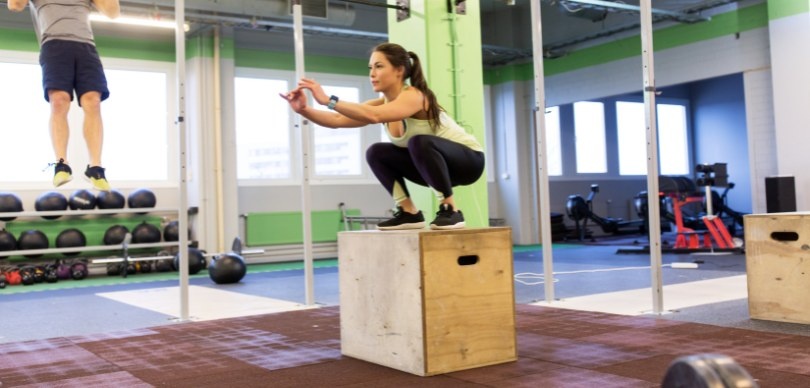
It may be a term you don't know, but you actually put it into practice every time you walk and, to an even greater extent, when you run. Plyometrics is a rapid transition from concentric and eccentric contraction of the musculature, or in other words, it is based on the phase that goes from shortening to stretching of the muscle when performed almost simultaneously. If we stop to think about it, this is what happens at every impact we make when we run, since at each support our muscles contract and stretch quickly and continuously.
The benefits of plyometric training are multiple, among which are the improvement of strength, power, reactivity and tendon strengthening. For your work we have different alternatives among which are the multisaults, the back jump falling from a box, the ascent of stairs by different types of jumps or the rope itself.
After all, what we have to look for is an immediate take-off after each contact with the ground, either in isolated jumps or recurring jumps.
Don't forget your running technique
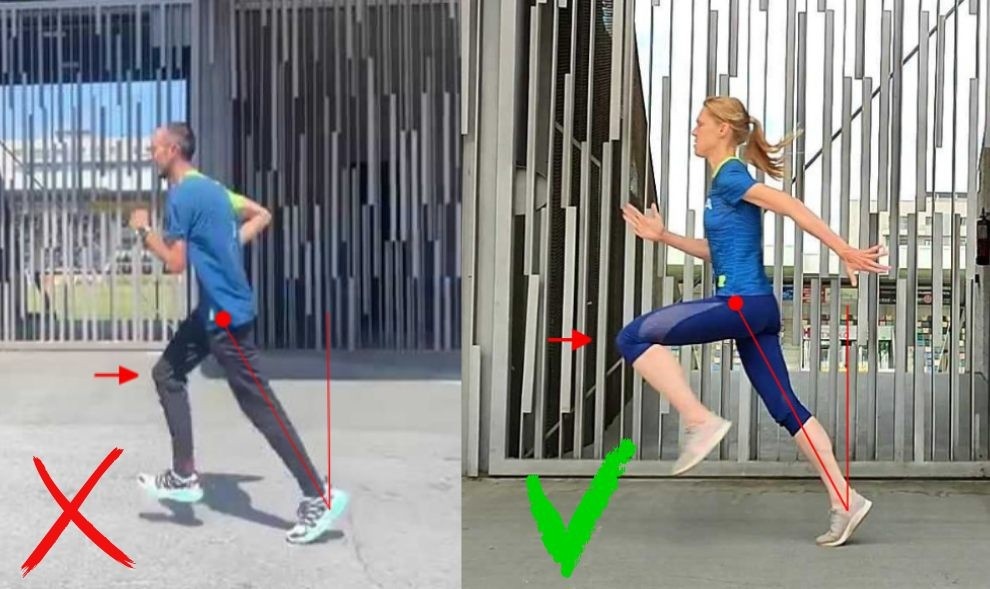
Sometimes when we talk about running technique, we think that putting it into practice will completely change the way we run, especially if our technique is deficient or harmful at the muscular and articular level. But the truth is that it is almost impossible to drastically change the way each person runs. However, running technique will help us to find our personal best technique.
Through the different types of exercises, we improve our running posture, our body awareness of the gestures we perform, as well as improving our efficiency and reactivity when we take each stride. As a guideline, you can do it once or twice a week, especially as a specific part after a warm-up or before an interval session of series or changes of pace.
It is very interesting to watch different videos or images to understand and internalize the purpose and execution of each gesture. Don't just do it for the sake of it, do it with sense!
Strengthen your foot
Even if we are the type of runners who give a lot of importance to strength training, we surely miss the strengthening of a fundamental structure when it comes to running, the foot. The foot is the support of our whole body and the element that contacts the ground over and over again. And the truth is that we do not give it enough importance or give it the necessary "love" to withstand all the work it does.
Strengthening the plantar arch, the toes and the extrinsic (inner) musculature of the foot will allow us to make our footing much more resistant and efficient, which will help us to improve our performance and prevent all kinds of pain and pathologies such as metatarsalgia or the well-known plantar fasciitis. Perform strengthening exercises one to three times a week and you will see what a change!
Every house should be built from the ground up. Don't forget your feet.
Improve your joint mobility
We can consider the joints as our "hinges" or "axes" that make all kinds of body movements possible. Reduced or insufficient mobility can be the cause of impairing the form we have when running, which can affect all structures, but especially at the muscular level. Thus, even if we are fully dedicated to improving our running technique, if our joints are not able to generate certain movements, the work will be almost nullified.
Working on improving the main joints involved in running such as the ankle, knee, hip and shoulders is something that should not be missing from a runner's weekly routine. We can put it into practice both before running and strength sessions, as well as on rest days, thus maintaining greater activity. In this sense, in certain exercises it will be helpful to use elastic bands as resistance or external assistance.
Stretching also works
Although the fact of performing static stretching before and after running is still a controversial topic and which has been analyzed on many occasions, in this section we intend to refer to stretching as a type of training away from the actual running or strength sessions. We talk about stretching as an isolated routine, so that its implementation can help us to improve our levels of elasticity and flexibility.
One of the biggest handicaps of running is that it makes us "stiff", which although from the point of view of energy utilization is not harmful, it causes the muscles to be too contracted, causing possible muscle discomfort due to a less "natural" way of running and increasing the likelihood of injury because the muscles are in a constant state of tension. Therefore, performing stretching routines of all the muscle chains can be very interesting to increase the range of motion of the joints.
In addition to the "lifelong" stretching, attending guided yoga or Pilates activities will be of great help to improve our flexibility, elasticity and mobility.
Read more news about: Running Training
